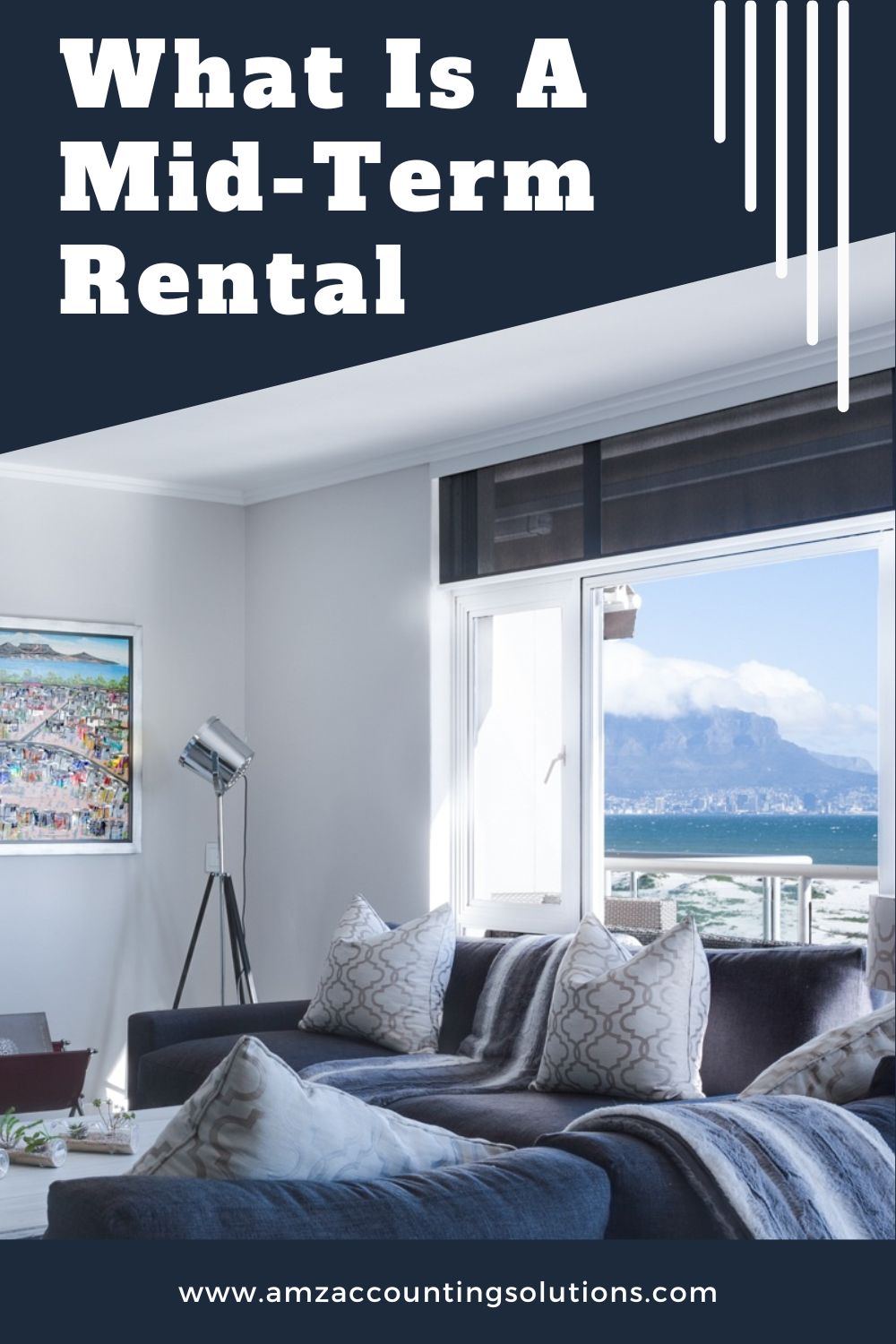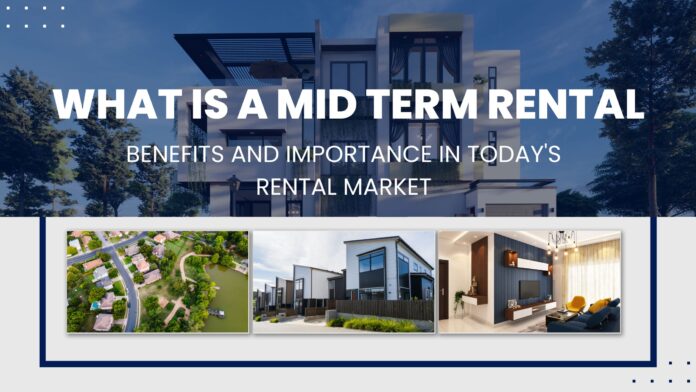Introduction to Mid-Term Rentals
When it comes to finding suitable accommodation, many people are familiar with the concept of short-term and long-term rentals. However, there exists a lesser-known but increasingly popular option known as mid-term rentals.
So, what exactly are mid-term rentals?
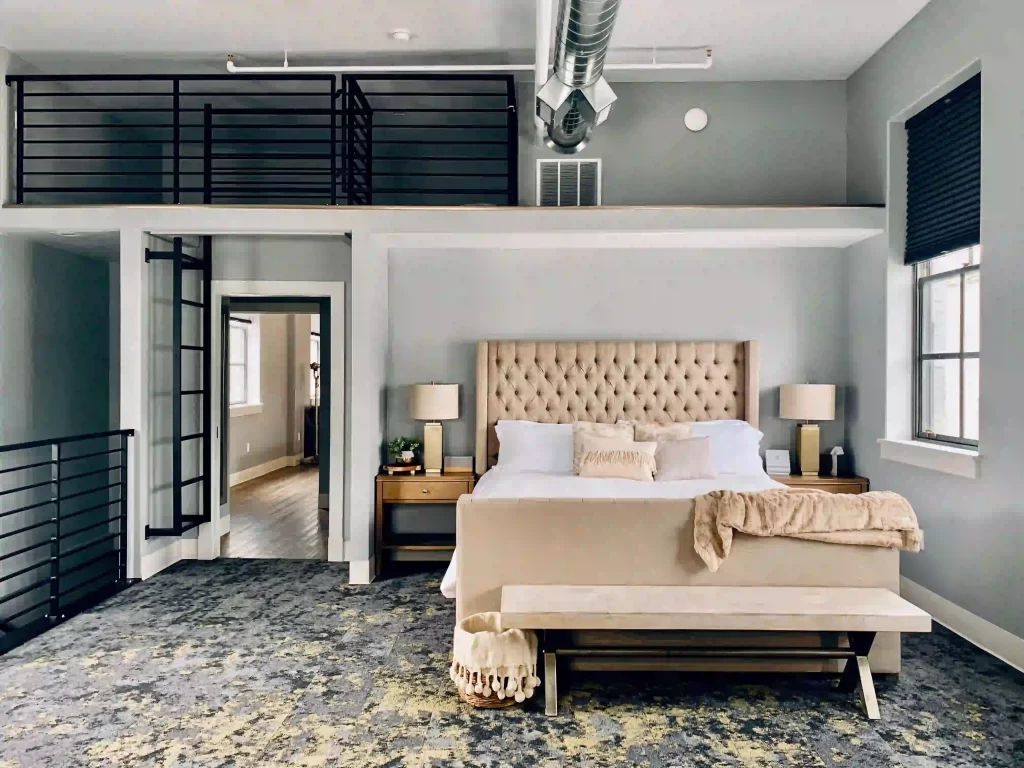
Definition of Mid-Term Rentals
The concept of mid-term rentals refers to a specific category in the real estate market that falls between short-term and long-term rentals. Also known as medium-term rentals, these types of accommodations typically span a duration of one to nine months, offering tenants greater flexibility than traditional long-term leases. While short-term rentals are commonly associated with vacation stays and long-term rentals cater to individuals seeking stability for an extended period, mid-term rentals provide a unique solution for those who require temporary housing without committing to a lengthy rental agreement.
Unlike short-term rentals, which are often advertised on platforms like Airbnb for stays ranging from a few days to several weeks, mid-term rental agreements tend to be more formal and closely resemble the terms and conditions found in typical long-term leases. Landlords may require tenants to sign contracts outlining the rental period, rent amount, security deposit, and specific provisions regarding utilities and maintenance responsibilities.
This level of structure distinguishes mid-term rentals from their shorter counterparts while still allowing for greater freedom compared to traditional year-long leases. Mid-term rentals offer various advantages for both landlords and tenants alike.
For landlords, this type of rental arrangement allows for steady income within a defined timeframe without the need for constant tenant turnover. It also provides an opportunity to adjust rental rates more frequently than with long-term leases, adapting them according to market conditions or seasonal fluctuations in demand.
On the other hand, tenants benefit from having more flexibility than they would with longer lease commitments, making it an attractive option for individuals undergoing relocation due to career changes or personal circumstances that necessitate temporary housing solutions. Mid-term rentals occupy a crucial position in the real estate market by bridging the gap between short- and long-term accommodations.
Defined by their duration of one to nine months, these medium-length rental agreements offer tenants flexible yet structured temporary housing options while providing landlords with consistent income streams within manageable timeframes. The popularity of mid-term renting continues to grow as individuals seek alternative solutions that combine the benefits of both short and long-term arrangements, making it an appealing choice for those in need of temporary housing without the constraints of a more extended lease commitment.
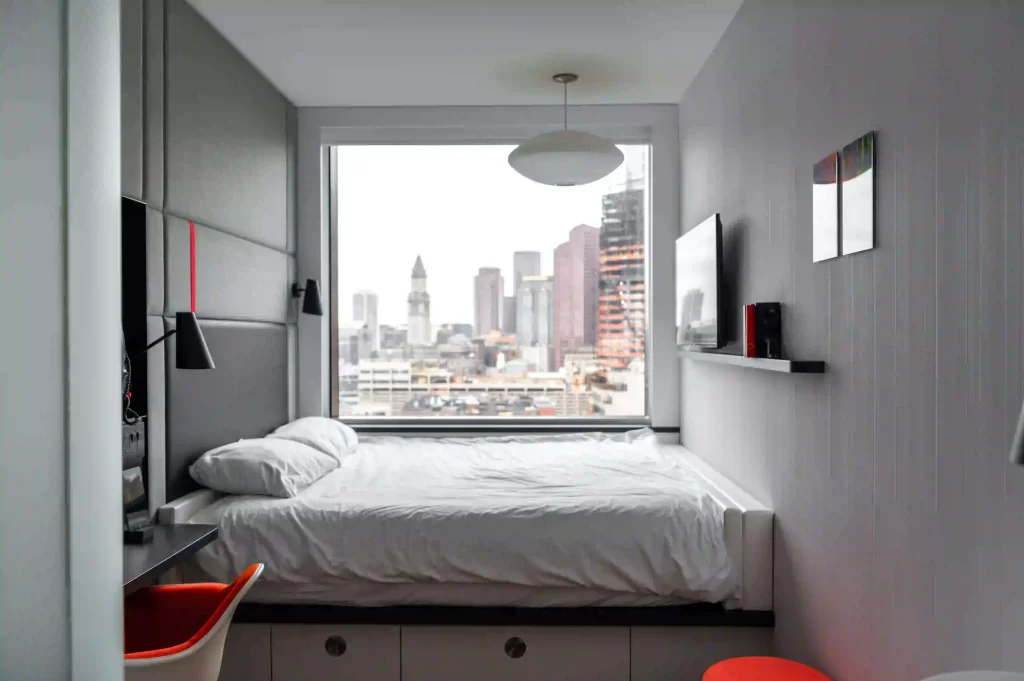
Difference between Short-Term, Mid-Term, and Long-Term Rentals
When considering the nuances of rental options, it is essential to understand the distinctions between short-term, mid-term, and long-term rentals. Each category caters to different needs and durations of stay. Short-term rentals typically refer to stays ranging from a few days to a couple of weeks, often utilized by vacationers or business travelers seeking temporary accommodations.
On the other end of the spectrum, long-term rentals typically involve leases lasting one year or more, commonly chosen by individuals or families looking for stable and prolonged housing arrangements. Mid-term rentals occupy a middle ground between these two extremes.
They offer flexibility in terms of length of stay, usually spanning anywhere from one month to nine months or even up to a year in some cases. This duration makes medium-term rentals suitable for those who require extended stays but prefer not to commit to lengthy lease agreements.
One key difference between short-term and mid-term rentals lies in their rental terms and payment structures. With short-term rentals, it is common for tenants to pay on a daily or weekly basis, making them ideal for travelers seeking temporary housing solutions.
Conversely, medium-term rentals often involve monthly rent payments that provide stability and predictability for both landlords and tenants. Another significant distinction pertains to the level of furnishing available in these types of accommodations.
While short-term rentals are generally fully furnished with amenities akin to hotels or vacation homes, mid-term rentals may vary in their level of furnishing depending on the specific property owner’s preferences. In comparison with long-term leases that usually necessitate more stringent application processes and extensive legal documentation, medium-term rental agreements tend to be less complex while still offering certain benefits like greater autonomy over living spaces compared to transient stays.
Understanding these differences can help prospective tenants make informed decisions when searching for accommodation that suits their specific needs. Whether it’s finding a temporary home during an extended business trip or bridging the gap between selling one property and buying another, medium-term rentals offer a versatile option that strikes a balance between short-term convenience and long-term stability.
Understanding the Benefits of Mid-Term Rentals
In the evolving landscape of the rental market, mid-term rentals emerge as a perfect blend of flexibility, cost-effectiveness, and convenience, providing significant financial benefits for both tenants and landlords.
This alternative to short-term and long-term leases offers competitive monthly rates, making it a preferred choice for individuals seeking temporary accommodations without a long-term commitment. For landlords, mid-term rentals provide a consistent income stream and the agility to adjust rental rates according to market demand and seasonal fluctuations.
Moreover, mid-term rentals cater to the rising trend of remote work and are an excellent solution for families in transition. The blend of affordability, flexibility, and convenience of fully furnished spaces makes mid-term rentals an attractive housing solution in today’s dynamic market.
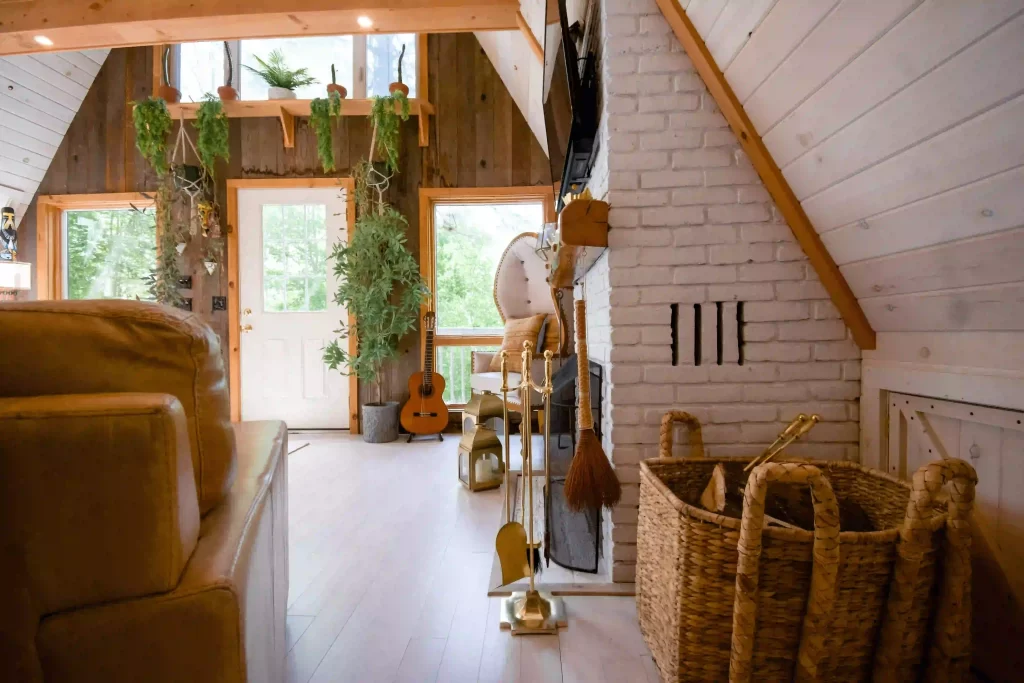
Financial Benefits
One of the significant advantages of opting for a mid-term rental is the financial benefits it offers to both tenants and landlords. In comparison to short-term rentals, which often come with hefty nightly rates and long-term leases that require a commitment of several months or even years, medium-term rentals strike a balance by offering competitive monthly rates.
This makes them an attractive option for individuals who need temporary accommodations for more extended periods but do not want to commit to a long-term contract. From a tenant’s perspective, mid-term rentals can be a cost-effective solution when compared to staying in hotels or relying on short-stay platforms.
The monthly rate for such rentals is generally lower than what one would pay on a per-night basis in hotels or serviced apartments. Additionally, many medium-term rental agreements include essential utilities such as electricity, water, and internet within the rent itself, further reducing additional expenses that tenants might have to bear otherwise.
On the landlord’s side, mid-term rentals provide an opportunity for consistent income flow without the hassle associated with managing multiple short-stay guests or seeking long-term tenants. By setting up medium-term rental agreements with reliable occupants who require accommodation for several weeks or months, landlords can secure stable income while avoiding potential vacancies that could arise in longer lease arrangements.
Moreover, medium-term rentals allow landlords to adjust pricing according to market demands and seasonal fluctuations more effectively. For instance, during high-demand periods like summer vacations or major events in popular destinations, landlords can increase rental rates slightly without deterring potential tenants.
This flexibility contributes to optimizing revenue generation while meeting market expectations. Financial benefits play a pivotal role in making mid-term rentals an attractive choice for both tenants and landlords alike.
The affordability and cost-effectiveness they offer make them an ideal housing solution for individuals seeking temporary accommodations without compromising comfort and convenience. Furthermore, these arrangements provide landlords with steady income streams while maintaining flexibility regarding pricing adjustments based on market conditions – creating a win-win situation for all parties involved.
Flexibility and Convenience
Flexibility and convenience are two key factors that make mid-term rentals an attractive option for many individuals.
Unlike long-term rentals, which typically require a commitment of a year or more, mid-term rentals offer greater flexibility in terms of the rental duration. This allows tenants to adapt their living arrangements to their changing needs, whether it’s for a few months due to work assignments or personal circumstances.
Moreover, mid-term rentals offer convenience in terms of fully furnished accommodations. Landlords providing medium-term rentals understand the needs of tenants who may not want to invest in purchasing furniture or setting up utilities for a short period.
These properties are designed with comfort and functionality in mind, allowing tenants to settle in immediately without worrying about moving furniture or setting up essential amenities such as Wi-Fi or kitchen appliances. Another aspect that adds to the convenience is the reduced administrative burden associated with mid-term rentals.
In contrast to short-term vacation rentals, where frequent check-ins and check-outs occur, medium-term rental agreements often follow a more streamlined process. Tenants can negotiate lease terms directly with landlords, resulting in simplified paperwork and fewer obligations compared to longer lease agreements.
Furthermore, mid-term renters have the flexibility to extend their stay if needed or terminate the rental agreement earlier without significant penalties. This provides tenants with peace of mind knowing they have options if unexpected changes arise, such as job transfers or family emergencies.
Overall, flexibility and convenience are intrinsic qualities that make mid-term rentals an appealing choice for those seeking temporary housing solutions. Whether it’s for professionals on short work contracts, relocating families needing an interim home while searching for permanent housing, or individuals seeking a change of scenery without committing long-term – medium-term rentals offers an ideal balance between flexibility and comfort.

Ideal for Remote Workers and Relocating Families
Remote work has become increasingly prevalent in today’s digital age, allowing individuals to work from anywhere with an internet connection. For remote workers who may need to temporarily relocate for a few months, mid-term rentals offer the perfect solution.
These rentals provide the stability and comfort of a home-like environment while offering the flexibility required by remote professionals. Unlike short-term rentals, which can be costly and impractical for longer stays, mid-term rentals provide the ideal balance between convenience and affordability.
For remote workers, a key advantage of opting for a mid-term rental is the presence of essential amenities such as high-speed internet access. Reliable internet is crucial for remote professionals who rely heavily on online connectivity to perform their job responsibilities effectively.
Mid-term rental providers often understand these needs and ensure that their properties are equipped with robust Wi-Fi connections to cater to the demands of remote work. Another group that greatly benefits from mid-term rentals are relocating families.
Moving to a new city or country can be a daunting experience, especially when searching for suitable accommodation amidst the chaos of relocating. Mid-term rentals offer stability during transitional periods by providing a ready-to-move-in space where families can settle while they search for more permanent housing options.
Relocating families often requires larger living spaces compared to individual remote workers, making mid-term rentals an attractive choice due to their size and flexibility. These properties typically offer multiple bedrooms, spacious common areas, and well-equipped kitchens – all essential components for creating a comfortable home-like atmosphere during this temporary phase of transition.
Whether it’s accommodating the needs of remote workers or providing stability during relocation journeys, mid-term rentals present an appealing option for both these groups. Landlords specializing in medium-term rentals understand these unique requirements and strive to create welcoming environments that cater specifically to these demographics – offering them peace of mind in knowing they have found a temporary home away from home.
The Future of Mid-Term Rentals
The recent surge in remote work and the rise of digital nomadism have sparked significant changes in the rental market, propelling the growth of mid-term rentals.
This novel segment provides a solution that bridges the gap between short-term accommodations and long-term leases, catering to the evolving needs of today’s mobile workforce. The change in market trends is multifaceted, driven by a generation that values experiences and mobility over long-term commitments and landlords who recognize the potential in diversifying their offerings.
Such a transformation has not only reshaped the way people approach accommodation but also brought about a significant increase in demand for mid-term rentals in previously less popular areas, highlighting a seismic shift in the rental landscape. Moreover, it has led to the emergence of innovative platforms and accommodation models that cater specifically to this rising trend.
As we delve deeper, we will examine how remote work and digital nomadism impact mid-term rentals and how these changes present new opportunities and challenges for landlords and tenants alike.

Market Trends
In recent years, the rental market has undergone significant transformations, and mid-term rentals have emerged as a burgeoning trend.
This shift can be attributed to several factors that are reshaping the way people approach accommodation. One of the key aspects driving market trends is the rise of remote work and digital nomadism.
As more professionals have gained the freedom to work remotely, they are no longer tied to a specific location for employment. This newfound flexibility has led to an increase in demand for medium-term rentals that cater to their mobility needs.
Landlords and property owners have also recognized the potential in this evolving market, prompting them to adapt their offerings accordingly. With a growing number of individuals seeking medium-term accommodation options, landlords are now exploring ways to diversify their rental portfolios.
They are recognizing that by providing flexible lease terms and furnished apartments, they can tap into this expanding demographic of tenants who crave both convenience and comfort. Moreover, changes in lifestyle preferences have further fueled the demand for mid-term rentals.
Today’s renters value experiences over possessions and prioritizes mobility over settling down permanently in one location. This generation seeks out unique opportunities to immerse themselves in different communities without being burdened by long-term commitments or excessive costs associated with short-term stays.
Consequently, property owners are capitalizing on this trend by offering medium-term rentals that bridge the gap between traditional short-term accommodations and long-term leases. The increasing popularity of platforms such as Airbnb, which initially focused on short stays but is now embracing longer stays as well, has also played a role in shaping market trends related to mid-term rentals.
These platforms provide a convenient avenue for property owners to showcase their medium-term offerings while allowing tenants greater flexibility when searching for suitable accommodations. Market trends surrounding mid-term rentals highlight an evolving rental landscape driven by factors such as remote work opportunities, changing lifestyle preferences, and innovative platforms catering to both landlords and tenants alike.
As more individuals embrace flexible work arrangements and prioritize experiences over long-term commitments, the demand for medium-term rentals is expected to continue its upward trajectory. Property owners who adapt to these shifting market dynamics and provide attractive rental options will be well-positioned to capitalize on this growing segment of the rental market.
Conclusion: Is a Mid-Term Rental Right for You?
Deciding on the viability of a mid-term rental for your investment portfolio demands an astute assessment of your specific requirements and objectives. If you’re an investor seeking an innovative way to maximize rental income with more fluidity than traditional long-term lease agreements, then mid-term rentals could present an attractive opportunity.
The economic benefits of circumventing hefty upfront expenses and the appeal of not being locked into long-term contracts make mid-term rentals an enticing proposition for many investors. For those catering to remote workers or digital nomads, mid-term rentals strike the perfect balance between brief hotel stays and long-term leases.
These rentals offer all the amenities and comforts of a traditional home while catering to the rapidly changing work landscape. They provide a sense of stability for tenants without sacrificing adaptability, making them particularly alluring for transient workforces.
Additionally, mid-term rentals can be an ideal solution for families relocating or testing out a new location before committing to a long-term residence. This versatility can give your investment property a competitive edge by providing families the time they need to explore their surroundings before settling into a permanent residence.
When considering the addition of mid-term rentals to your investment portfolio, it’s crucial to evaluate aspects like duration, cost, location, amenities, and any specific requirements unique to your targeted tenant base. By conducting thorough research into the mid-term rental market, you can find properties that perfectly align with your investment strategy.
In an evolving world where remote work and flexibility are on the rise, mid-term rentals present an innovative alternative to traditional rental arrangements. With their adaptable terms and the variety of properties available in diverse locations, they offer both a potentially lucrative and versatile investment opportunity.
So why not seize this chance to diversify your portfolio while meeting the growing demands of a flexible living culture? Contemplate if a mid-term rental aligns with your investment objectives and embrace the opportunity to embark on a new venture, armed with the confidence that you’ve discovered an ideal investment opportunity.
Just when you think you’ve got a handle on mid-term rentals, the landscape widens. Have you ever wondered how long-term and short-term rentals weigh against each other in this balance? Journey with us into the intriguing and often misunderstood world of Long-Term vs Short-Term Rentals, where you’ll discover hidden benefits, potential pitfalls, and which type of rental might just be the perfect fit for your unique needs. Dive in now and satisfy your curiosity!
